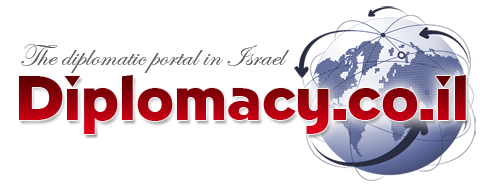Society
- Details
- Written by Silvia G Golan
Christmas & New Year greetings from Diplomacy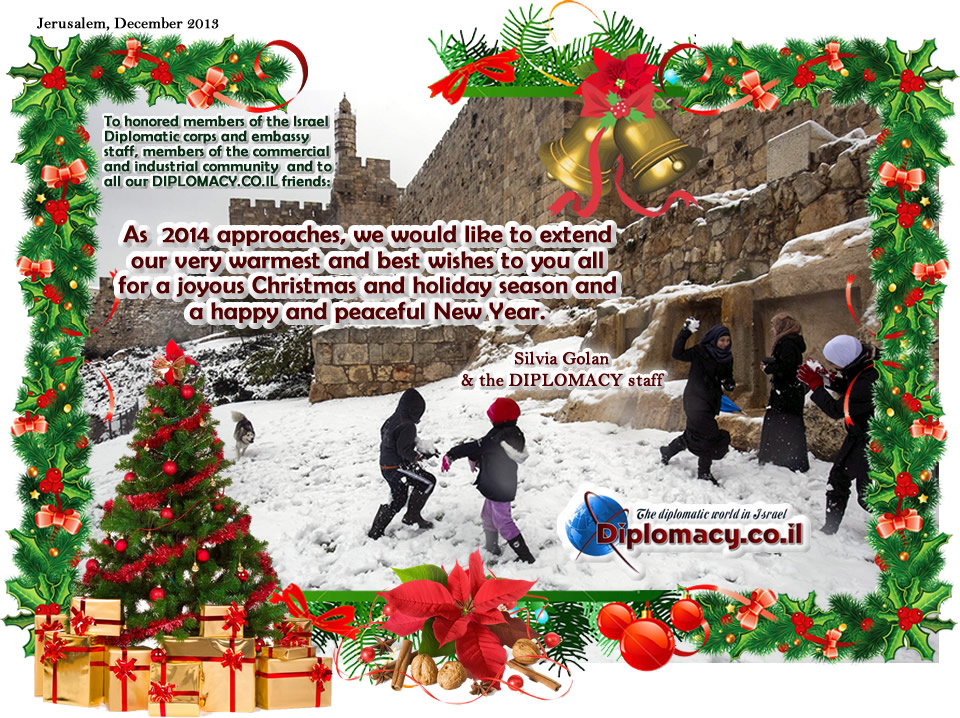
- Details
- Written by Silvia G. Golan & Haim Rotter
.jpg)
A very special Concert was held from Mr. Samuel Schlesinger, Honorary Consul of The Republic of Croatia at his residence in Savion, on Jun 25th 2013, in a warm atmosphere, on a warm typical Israeli summer evening
The concert, under the title "To Remember with Music" was dedicated to the memory of Jews from Yugoslavia, supported by the host, Mr. Schlesinger and by the Ing.Josef Zamboki - who also produced the concert.
The program included Opera arias by Puccini, Verdi, Rossini, Mascagni, Lehar, Catalani and Bizet, beautifully performed by three Opera Divas: Jasmina Trumbetas , Soprano from Serbia, Jelena Vlahovic , Mezzo soprano also from Serbia , Tijana Grujic , soprano from Germany, from Israel participated the soprano Ruth Zamboki, the singers were accompanied on the piano by Ljubica Grujic from Serbia and Jonathan Kol from Israel.
- Details
- Written by Michal Cohen
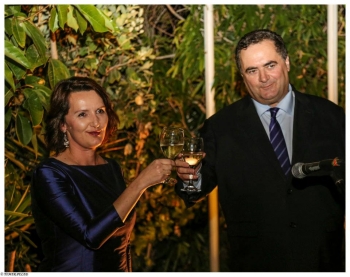
Senior members of the diplomatic, business and culture communities in Israel were summoned on June 25th, 2013 to celebrate the twenty second Slovenian National day as an independent country.
The dissolution of the Socialist Federal Republic of Yugoslavia and Establishment of Slovenia took place on June 25th 1991. The country is recognized today as an important contributor and has influence in many fields, as it is growing constantly. Slovenia, a member of the European Union, is a country that contributes to economy, trade, culture and tourism, and has shown a capable grasp on its way to handle the economic crisis that Europe and the world is currently facing.
- Details
- Written by Esther Tomaszewski & Silvia Golan
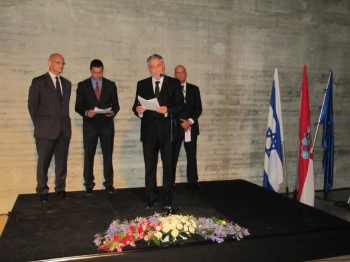
Celebrating Croatia's National Day & Croatia's ascension to the European Union
Last Wednesday evening June 26th, ambassadors from around the world gathered to celebrate Croatian national Independence Day as well as to congratulate the Croatian government for being accepted into the European Union. The event was held in the new and renovated Tel Aviv Museum of Modern Art. Upon arrival, guests were greeted by the Croatian Ambassador himself, Mr Pjer Šimunović. Wine and ho'deurves were served as guests mingled. There were representatives present from governments around the world, even the Vatican was represented as well as the Rabbinate of Tel Aviv.
- Details
- Written by President's office
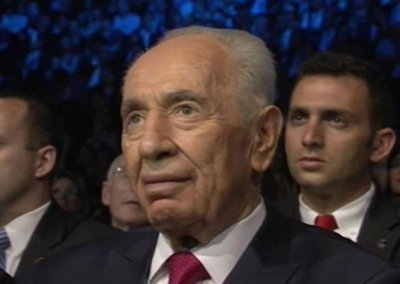
Former U.S. President Bill Clinton, Barbra Streisand, former U.K. Prime Minister Tony Blair, Sharon Stone and numerous other dignitaries and celebrities headlined a gala event celebrating the 90th birthday of Israeli President Shimon Peres, attended by more than 2,500 VIP guests.
Art & Culture
 .The 40th season of the Israel Opera with many exciting new features
.The 40th season of the Israel Opera with many exciting new features The Israeli Opera celebrates 40 years of creation with a rich and diverse season centered on seven operatic productions that unite...
Read More...
 A diplomatic cocktail and art exhibition jointly organized by the Diplomatic Institute and Afik & Co. Law
A diplomatic cocktail and art exhibition jointly organized by the Diplomatic Institute and Afik & Co. Law A diplomatic cocktail and art exhibition jointly organized by the Diplomatic Institute and Afik & Co., held on September 8, 2025 at...
Read More...
 .The Jerusalem International Solo Dance Festival 2025
.The Jerusalem International Solo Dance Festival 2025 From the 1st till the 6th of September the fourth Jerusalem International Solo Dance Festival will be held. It promises to be a...
Read More...
 .International Dog Month at Hollandia in collaboration with the Animal Welfare Society
.International Dog Month at Hollandia in collaboration with the Animal Welfare Society “During the summer months, the phenomenon of dog abandonment reaches alarming peaks: more and more families travel abroad and leave...
Read More...
Products & Services
 . Zhuhai Pilot Technology Subsidiary Sino EV Energy Presents Advanced EV Infrastructure Solutions at RAX Expo in Tel Aviv
. Zhuhai Pilot Technology Subsidiary Sino EV Energy Presents Advanced EV Infrastructure Solutions at RAX Expo in Tel Aviv The Chinese energy group, a global leader in smart charging technologies, will showcase its advanced solutions for...
Read More...
 . Biotech Clinic» Herzliya Pituach leading clinic in Israel with the most advanced technologies in the world in aesthetic & Dental medicine
. Biotech Clinic» Herzliya Pituach leading clinic in Israel with the most advanced technologies in the world in aesthetic & Dental medicine Spring is here, and it makes us want to renew ourselves. Today I am going to tell you about «Biotech Clinic» the leading clinic in...
Read More...
 . Waldorf Astoria Jerusalem was Voted as One of The Five Best City Hotels In The Middle East Of 2023 by The Esteemed Travel + Leisure Magazine
. Waldorf Astoria Jerusalem was Voted as One of The Five Best City Hotels In The Middle East Of 2023 by The Esteemed Travel + Leisure Magazine Waldorf Astoria Jerusalem was Voted as One of The Five Best City Hotels In North Africa And The Middle East Of 2023 By The...
Read More...
